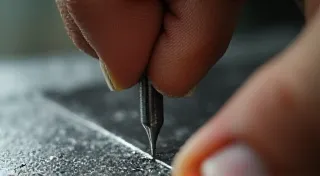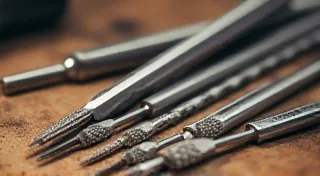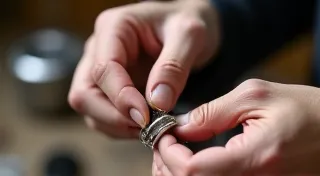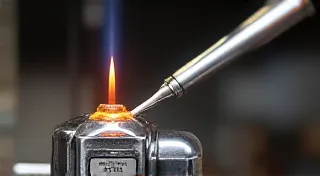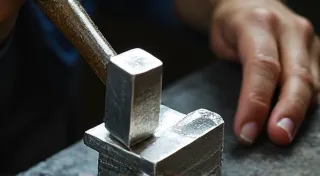Essential Silversmithing Tools for Beginners
Welcome to the wonderful world of silversmithing! It can seem daunting to get started, especially when faced with a long list of tools. But don's worry! This guide breaks down the essential silversmithing tools a beginner absolutely needs. We'll cover what each tool does and why it's important for creating beautiful jewelry.
1. Saw and Saw Blades
The jeweler's saw is arguably the most frequently used tool. It's used for cutting shapes and intricate details from your metal sheets.
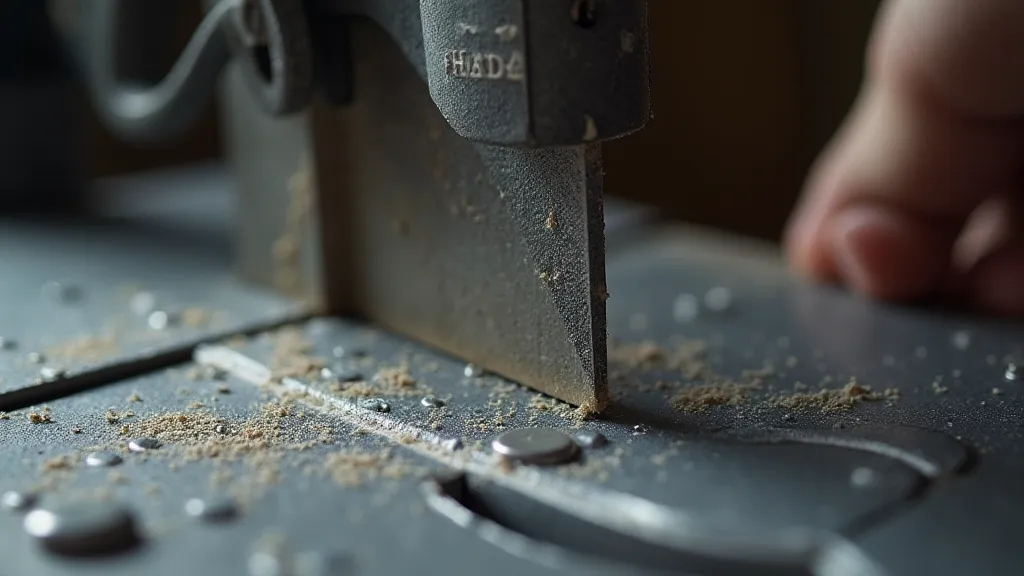
What to look for: A comfortable handle and a range of saw blades with different tooth counts (TPI – Teeth Per Inch). Higher TPI for finer details and thinner metal, lower TPI for thicker metal. Before you even start sawing, consider the type of silver you'll be using; understanding silver grades like sterling versus fine silver can impact your choice of blade and technique.
2. Files
Files are crucial for smoothing edges, removing burrs (sharp edges) left by the saw, and shaping metal. There are different types, each serving a specific purpose.
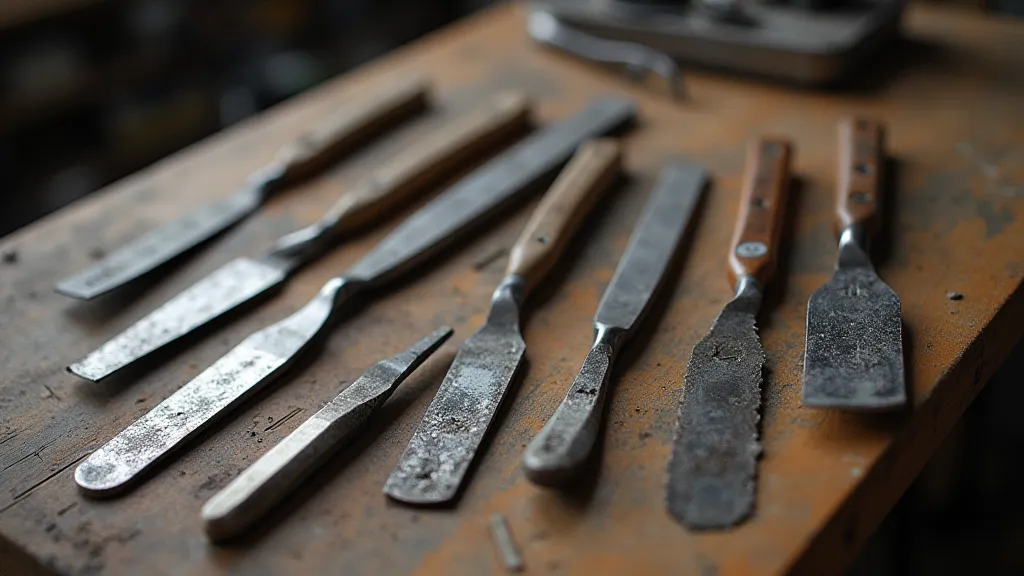
Types to consider: Flat files, round files, half-round files, needle files. A basic set including these is a good starting point. Remember that the metal’s hardness will affect how easily it files; certain techniques can also add visual interest – exploring creating textures on silver with different hammering approaches can be a fantastic way to elevate your designs beyond simple smoothing.
3. Hammer and Anvil (or Steel Block)
Hammering is used for shaping metal – doming, texturing, and creating curves. You'll need a sturdy surface to hammer on.
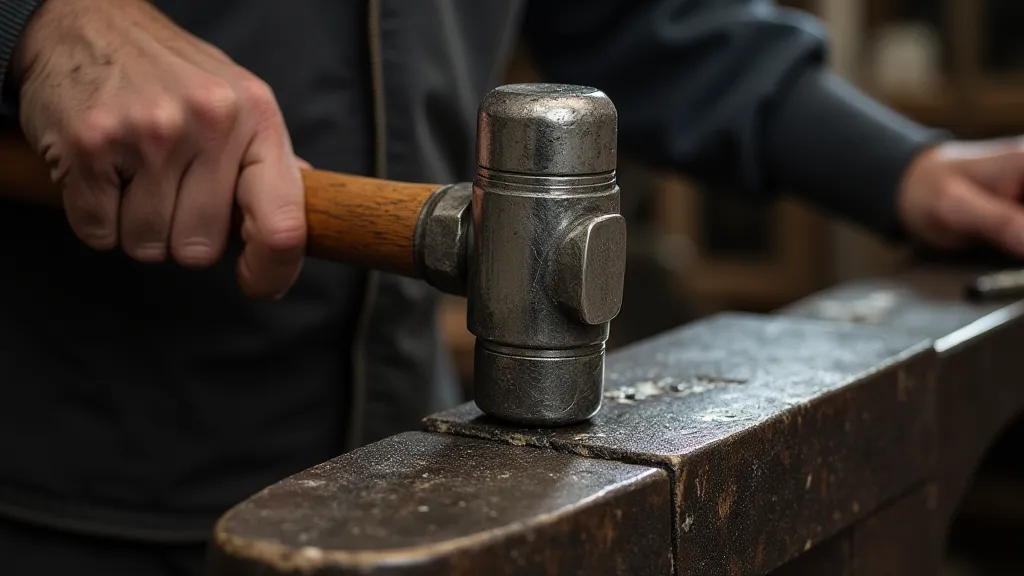
What to look for: A small anvil (or a steel block – a block of steel can work fine for beginners) and a chasing hammer (a rounded hammer) are good starting choices. Different hammer shapes create different textures. Beyond the basic shaping, mastering hammering opens up exciting creative avenues.
4. Tweezers
Fine manipulation is often required when working with small components. Good quality tweezers are essential.
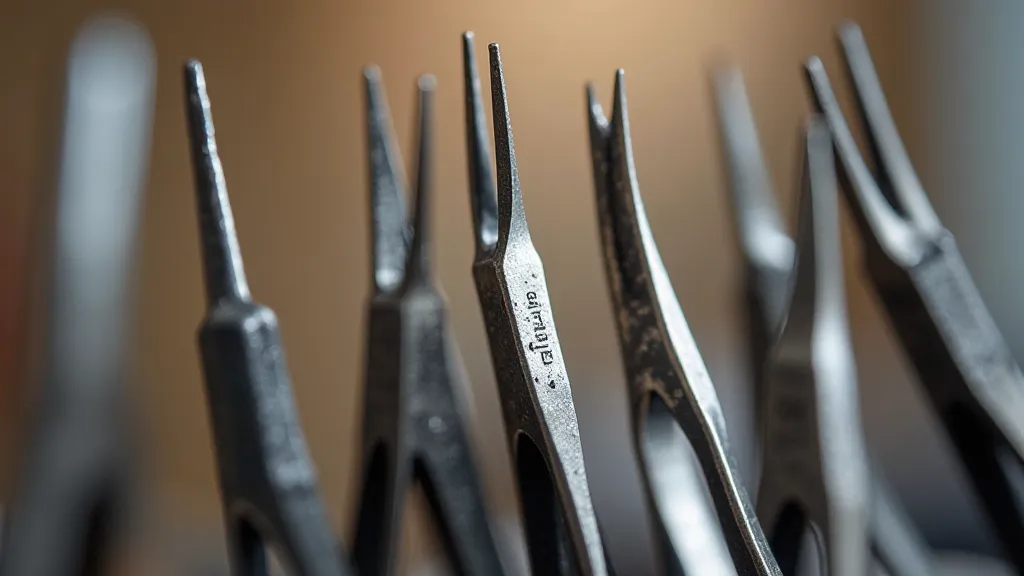
What to look for: Different tip styles (flat, pointed, angled) are helpful for various tasks. Stainless steel is a good choice for durability and corrosion resistance.
5. Pliers
Pliers offer a range of gripping and bending capabilities. They're handy for various tasks throughout the silversmithing process.

Types to consider: Chain nose pliers, round nose pliers, flat nose pliers. They're used for bending, closing jump rings, and manipulating wire. The precision offered by these pliers is paramount to the process – take the time to familiarize yourself with their various functions.
6. Measuring Tools
Accurate measurements are key to creating consistent and well-proportioned jewelry.
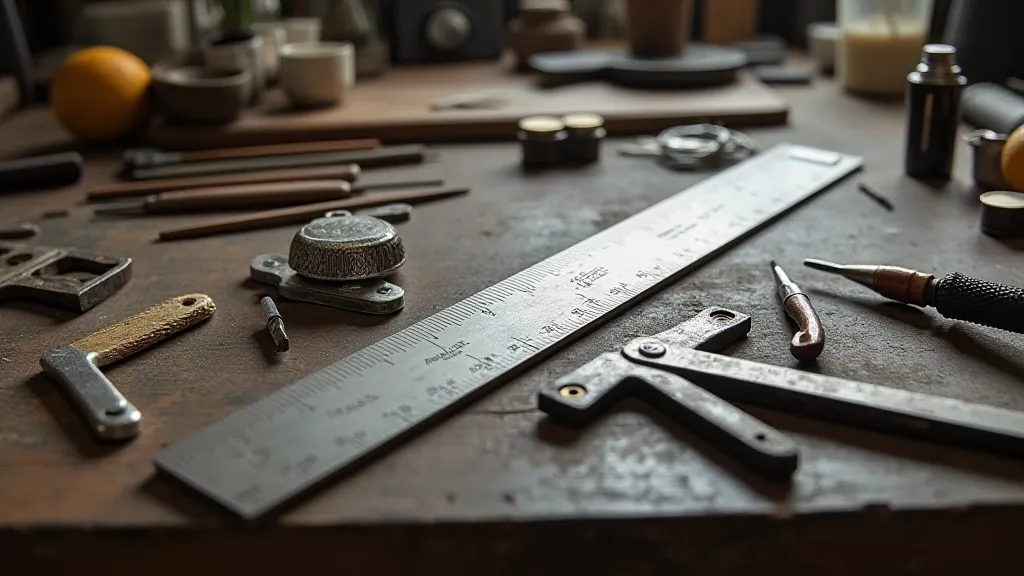
Essentials: A ruler, calipers (for precise measurement of diameters and thicknesses), and a tape measure. Small discrepancies can easily impact the final product, so accuracy is vital. If you're aiming to create a simple silver ring as a beginner project, these tools become even more crucial for achieving a professional finish.
7. Bench Pin
A bench pin provides a stable and secure surface for sawing and filing metal. It clamps to your workbench and allows you to draw the metal towards you while you work.
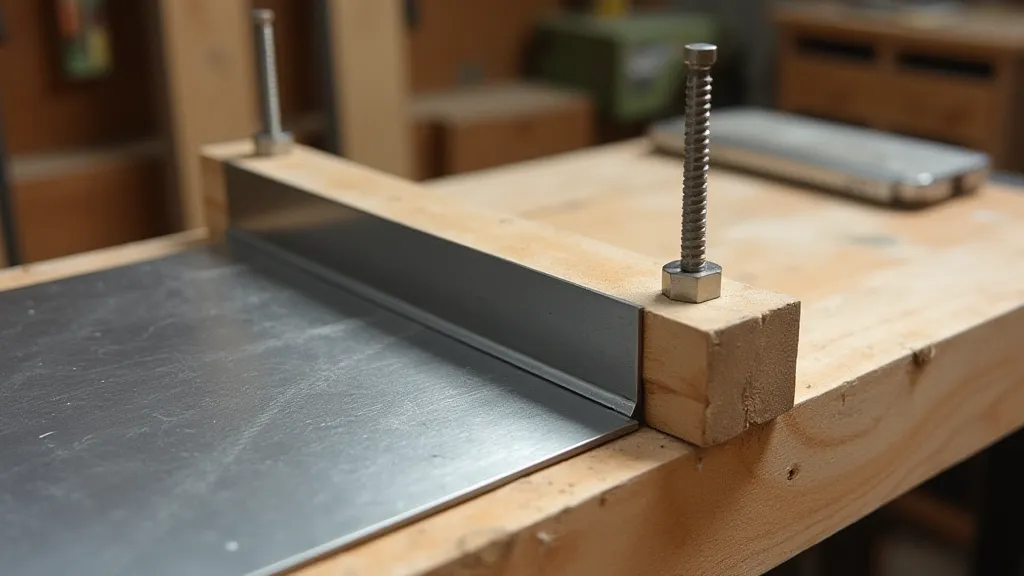
Simple solution: You can create a makeshift bench pin using a sturdy piece of wood clamped to your workbench. A well-secured bench pin can really improve your workflow, allowing you to focus entirely on the task at hand.
8. Safety Glasses
Protecting your eyes is paramount. Metal filings and particles can be hazardous.
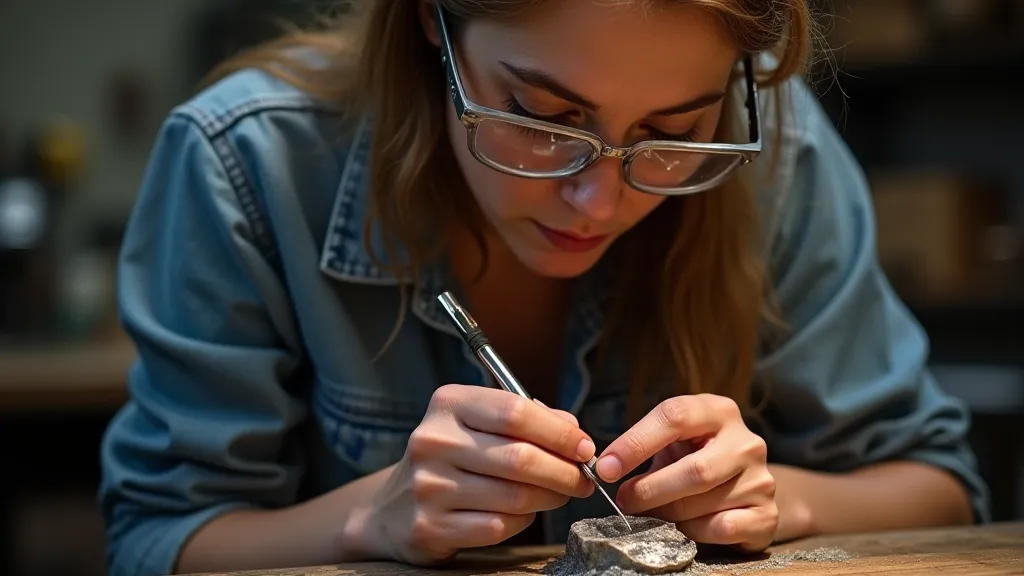
Always wear: Always wear safety glasses or goggles whenever you are sawing, filing, or hammering. Beyond the tools themselves, remember that safety should always be your top priority. Proper ventilation is also essential, as fumes can be harmful.
Expanding Your Toolkit and Skillset
This list provides a solid foundation for your silversmithing journey. As you gain experience, you're likely to add more specialized tools to your collection. Consider investing in a flex shaft for detailed work, a rotary tool for polishing, and a kiln for soldering. Each new tool unlocks a wider range of creative possibilities and expands your ability to realize complex designs.
Understanding Silver and its Properties
Working with silver isn’s just about using the right tools; it’s also about understanding its properties. Silver is a relatively soft metal, which makes it easy to shape but also means it’s prone to scratches and dents. Using the correct silver grade is also important, as sterling silver contains a small amount of copper which affects its color and durability.
Maintaining Your Tools
Your silversmithing tools are an investment, so taking care of them is essential. Clean your saws regularly to remove filings, oil your pliers to prevent rust, and sharpen your files to maintain their effectiveness. A well-maintained toolkit will last for years and provide consistent results.
This list provides a solid foundation for your silversmithing journey. As you gain experience, you’re likely to add more specialized tools to your collection. Happy crafting!
